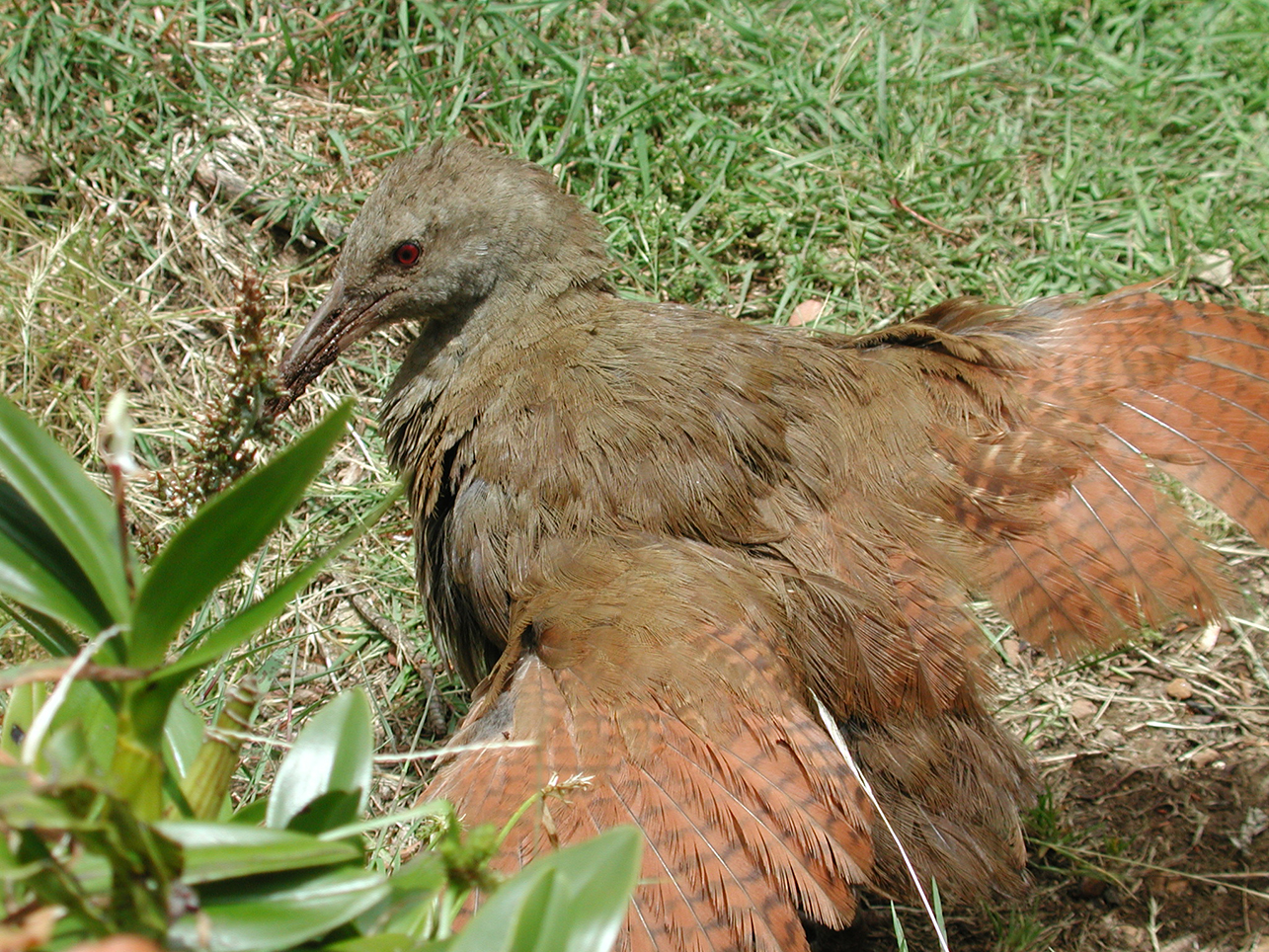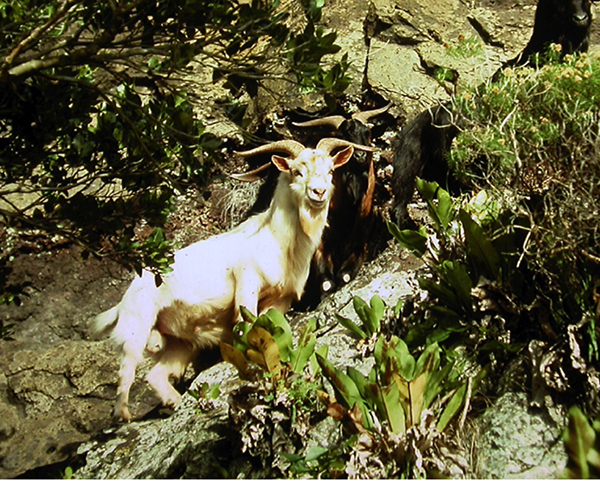Lord Howe Island was not discovered until 1788, and there is no evidence of any earlier human visitation. Although not settled until 1834, introductions of exotic species began in the 1820s when mariners liberated pigs and goats to provide a source of food for passing ships. Settlement brought additional vertebrate species – cats, dogs, mice, cattle, and rats. Masked owls and Barn owls were introduced in the 1920s to eat the rats; and in 1944 European Blackbirds and Song thrushes were introduced to control insect pests that increased on palms following extinction of local forest birds. As recently as the 1990s there have been accidental introductions of the Bleating tree frog (Litoria dentata) and the Rainbow skink (Lampropholis delicata).

In the 1970s the flightless Woodhen was restricted to mountain summits that were inaccessible to pigs. A recovery program, involving the removal of pigs and feral cats, was initiated. Woodhen numbers quickly increased to around 300, and nowadays they are found in most parts of the island.
Pigs were hunted, and by 1980 were eliminated. Feral cats were patchily distributed on the island and the removal of 84 individuals by local rangers in 1979–1980 eradicated the population. Domestic cats were banned from 1982 although current pets could remain if desexed. By 2004 the island was cat free.

In the early 1970s, local hunters eradicated goats from the northern hills. Goats, however, continued to graze the rugged southern mountains. In 1999, an eradication operation using dogs and a helicopter destroyed 295 goats. A few female goats survived, but the species was eliminated as a breeding population. Many rare plants that previously were browsed heavily are now recovering.